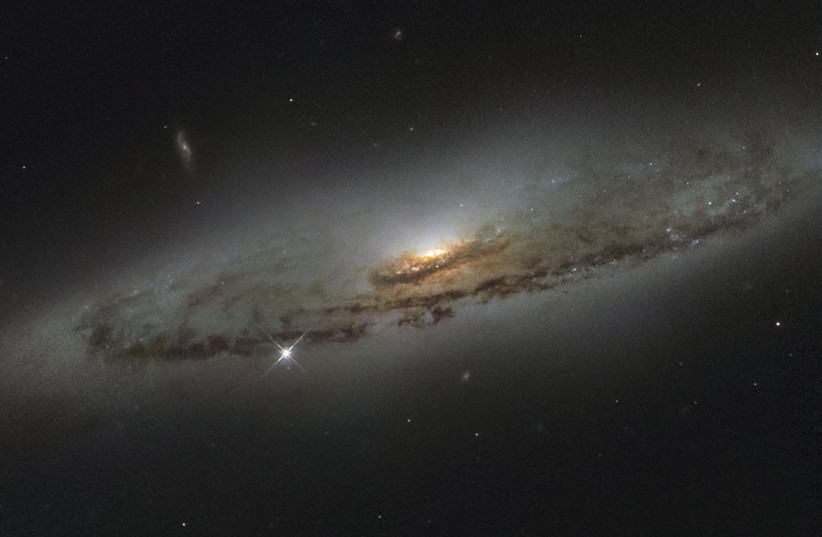
Astronomers are watching for the first time the death of a “far, far away” galaxy
For the first time ever, astronomers have seen a very far distance The galaxy He began to die in a potentially large breakthrough, According to CNN.
The study, known as ID2299, stated that the galaxy’s extinction was most likely caused by a collision with another galaxy, which eventually merged to create ID2299.
CNN said, citing the study, that the definitive evidence that the collision may have led to the loss of gas is the tidal tail, which is a long stream of gas and stars that extends into space after two galaxies collide together.
The researchers note that the galaxy ejects nearly half of the gas it uses to form stars, and loses the equivalent of 10,000 suns of gas each year, which means that it runs out of fuel to form new stars by removing 46% of the galaxy’s total cold gas. so far.
The study, led by Anagracia Puglisi, the study’s lead author and postdoctoral researcher from the University of Durham in the United Kingdom and the Saclay Center for Nuclear Research in France, was published Monday in the journal Nature Astronomy.
cnxps.cmd.push (function () {cnxps ({playerId: ’36af7c51-0caf-4741-9824-2c941fc6c17b’}). Presentation (‘4c4d856e0e6f4e3d808bbc1715e132f6’);});
“Our study indicates that gas emissions can result from mergers and that winds and tidal tails can appear very similar,” said Emmanuel Daddy, co-author of the study and an astronomer at the Saclay Center for Nuclear Research in France. “This may lead us to revise our understanding of how galaxies die.”
Astronomers captured this rare observation using the Atacama’s large millimeter / sub-millimeter array of telescopes in Chile.
According to the study, it took light from this galaxy about nine billion years to reach Earth, which means that astronomers are observing how it appeared when the universe was only 4.5 billion years old – knowing that it is now 14 billion years old.

“Analist. Schepper. Zombiefanaat. Fervente reisjunkie. Popcultuurexpert. Alcoholfan.”
